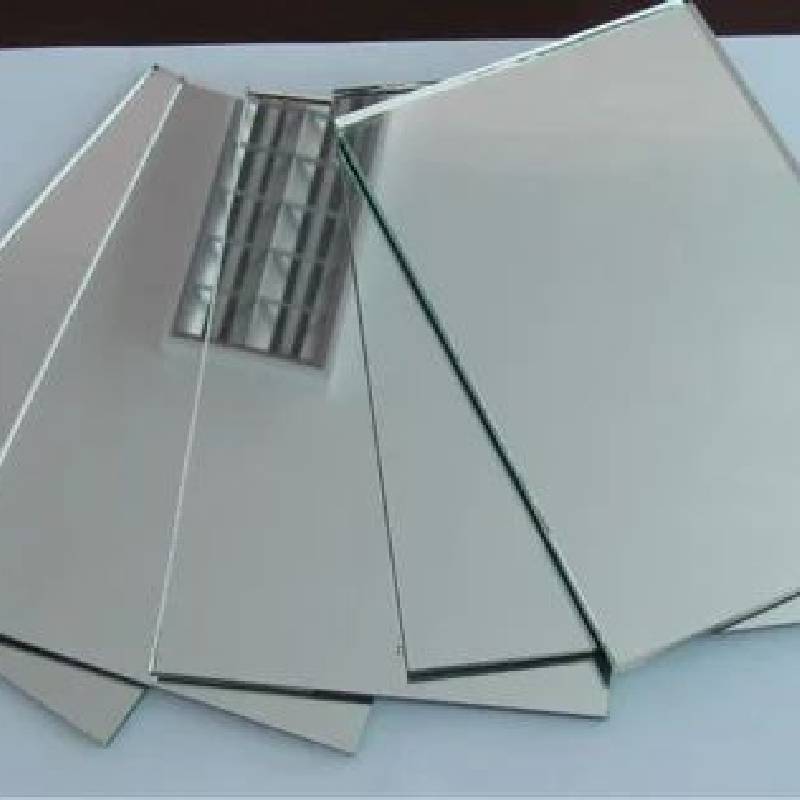

The Beauty and Mystery of Low-E Obscure Glass
In the realm of architectural design and glazing techniques, low-E (low emissivity) obscure glass emerges as a fascinating and functional material, blending aesthetics with energy efficiency. This innovative glass type serves both practical and artistic purposes, enhancing privacy while allowing for the modulation of light and temperature within various spaces. Its unique properties make it a popular choice among architects and homeowners alike.
Understanding Low-E Coating
Low-E glass is treated with a microscopic metallic coating that reflects heat while allowing light to pass through. This glazing technique is particularly effective in reducing energy costs by regulating solar heat gain. In warmer seasons, low-E glass minimizes the amount of heat entering the building, keeping interiors cooler and reducing reliance on air conditioning. Conversely, during cooler months, it helps to retain interior heat, making spaces more comfortable and energy-efficient.
The Obscure Aspect
Obscure glass refers to any glass that has been modified to distort visibility. It is often used in environments where privacy is paramount, such as bathrooms, conference rooms, or even residential settings. The obfuscation provided by obscure glass allows natural light to brighten spaces without compromising the confidentiality of activities occurring within.
When combined with low-E properties, obscure glass offers a dual benefit enhanced privacy and improved energy performance. This is particularly desirable in urban settings, where buildings are often situated close together, and the need for privacy is greater. Low-E obscure glass enables light to filter through while distorting any clear view, creating an inviting, well-lit environment without the prying eyes of neighbors or passersby.
Applications in Architecture

The versatility of low-E obscure glass makes it suitable for various architectural applications. In commercial buildings, for instance, it can be used in storefronts or office partitions to maintain an open feel while preserving the necessary privacy for sensitive meetings or discussions. In residential designs, it is commonly employed in windows, doors, and shower enclosures, allowing homeowners to enjoy natural light without compromising their personal space.
Moreover, low-E obscure glass can add a unique visual element to a building’s facade. Its various textures and patterns can create stunning architectural features, enhancing the exterior aesthetic while serving a functional role. From subtle frosted finishes to bold patterned designs, this glass type allows for creative expression in design while adhering to the practical needs of energy efficiency and privacy.
Sustainability and Energy Efficiency
In today’s environmentally conscious world, the move towards sustainable building materials is stronger than ever. Incorporating low-E obscure glass into designs aligns with this trend, offering significant energy savings and reducing the carbon footprint of buildings. By enhancing thermal insulation, low-E obscure glass contributes to sustainable practices and aids in meeting green building certifications, such as LEED (Leadership in Energy and Environmental Design).
Additionally, the longevity and durability of low-E glass make it a worthwhile investment. It is less susceptible to fading from ultraviolet (UV) exposure, thereby protecting interior furnishings and finishes. The combination of energy efficiency, aesthetics, and durability ensures that buildings utilizing low-E obscure glass are both stylish and functional.
Conclusion
Low-E obscure glass represents a perfect harmony of form and function, encapsulating the essence of modern architectural design. Its ability to provide privacy, enhance natural light, and improve energy efficiency makes it an ideal material in various settings. As architects and builders continue to prioritize sustainability and aesthetics in their projects, low-E obscure glass will undoubtedly play a vital role in shaping the future of our built environment. This unique glass offers not only practical benefits but also the potential for artistic expression, making it a noteworthy choice for anyone looking to elevate their space while remaining conscientious about energy usage and environmental impact.